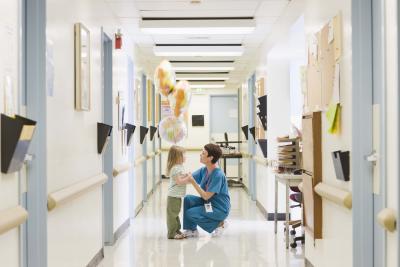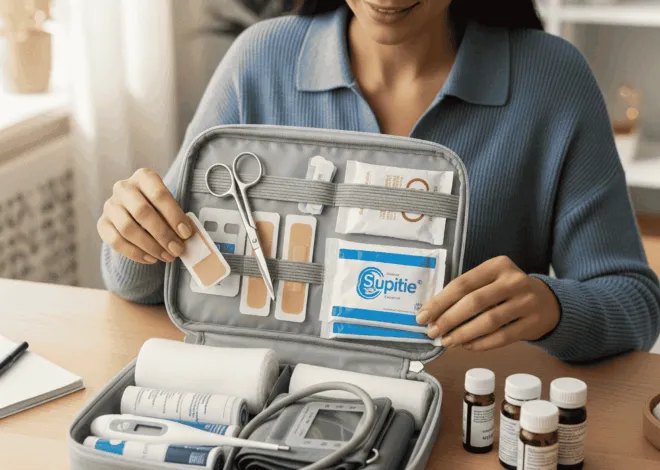No parent wants to watch her child go through chemotherapy, but if your child does need this type of treatment, learning about it can help you prepare. Chemotherapy is used to treat many types of childhood cancer. While it can be effective in treating cancer, as the parent of a chemotherapy patient, you need to consider the many potential side effects.
Basics
Chemotherapy uses drugs to target cancerous cells. Because the cancerous cells reproduce nonstop, the chemotherapy drugs are able to target and kill those cells. The treatment kills the rapidly dividing cancerous cells throughout the body rather than just in the tumor or other specific area. The chemotherapy treatment plan is created especially for each child depending on various factors such as age and type of cancer.
Administration
Doctors have the option of administering the chemotherapy drugs in different ways. IV administration is a common option. The drugs travel through the bloodstream to find the cancerous cells in the body. A more permanent IV is placed in some children so that they don’t have to repeatedly get IVs placed in their arms. This type of IV allows doctors to easily and quickly administer chemotherapy and other drugs the child might need while also collecting blood samples. Other forms of chemotherapy include pills, liquids, injections into muscle or injections into the spinal fluid. Children often receive two or three drugs rather than just one during chemotherapy to reduce the risk of drug resistance.
Location & Timing
Chemotherapy is administered at different locations depending on the type of chemotherapy and the specific child. The treatment is often an outpatient procedure with the child going to a clinic, hospital or cancer treatment center to receive it. Chemo is sometimes given at home. The time between chemotherapy doses depends on the child’s treatment plan. It could be daily, weekly or monthly.
Side Effects
Every child responds differently to chemotherapy, so the side effects will vary. The side effects occur when normal cells are damaged by the chemotherapy drugs. Comfort measures, such as other medications and therapy, can help lessen the chemo side effects. Fatigue, pain, skin sensitivity or irritation, losing hair, nausea, vomiting, appetite changes, constipation, diarrhea and sores on the mouth, gums and throat are possible side effects. More serious complications could include anemia, blood clotting problems, growth and cognitive delays. A child receiving chemo is also at a greater risk of infections because of the immune system’s reduced ability to fight off illnesses.
Care
Parents are in the position to be an advocate for children going through chemotherapy. A child going through chemo needs support from family to face the scary and sometimes painful situation. Take advantage of support groups and services offered by the hospital to help your child through the treatment. The parents also have the responsibility of taking the child to follow-up appointments after the chemo is complete.





